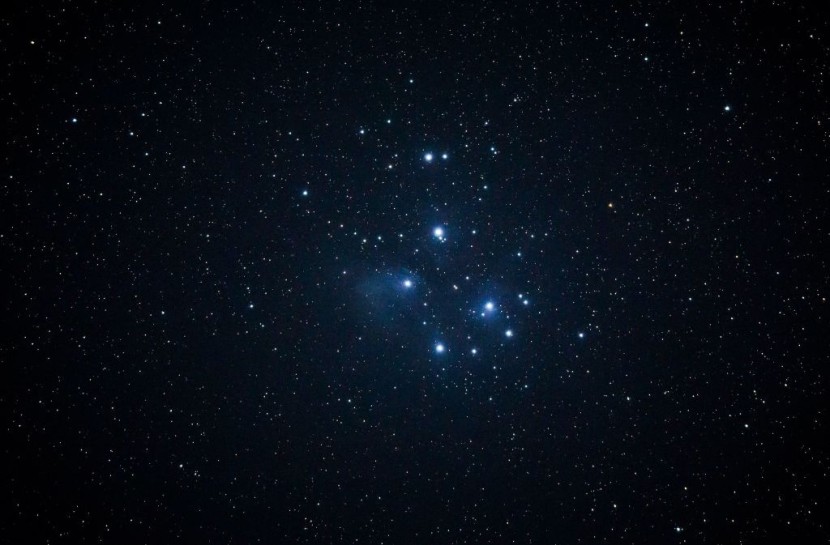The Hubble Space Telescope shared an image showing the "string of pearls" star clusters that were born from galaxy collisions.
Contrary to what many might think, colliding galaxies do not destroy stars, instead, the chaotic situation triggers the creation of new stars and presumably other planets. Now, the space telescope has homed in on 12 interacting galaxies that have long, tadpole-like tidal tails composed of gas, dust, and a plethora of stars.
Hubble Discovers "String of Pearls" Star Clusters

Hubble's exquisite sharpness and sensitivity to ultraviolet light helped it discover 425 clusters of newborn stars along these tails. They look like strings of holiday lights and each cluster contains as many as 1 million blue, newborn stars.
For decades, scientists have known about clusters in tidal tails which result when galaxies interact, leading to gravitational tidal forces that pull out long streamers of gas and dust. Two popular examples of this are the Antennae and Mice galaxies which have long, narrow, finger-like projections, as per SciTechDaily.
A team of astronomers used a combination of new observations and archival data to determine the ages and masses of tidal tail star clusters. They also found that these clusters are still very young, roughly about 10 million years old. They were also said to have been forming at the same rate along tails stretching for thousands of light-years.
In a statement, the lead author, Michael Rodruck of Randolph-Macon College in Ashland, Virginia, said that it was a surprise to see a lot of the young objects in the tails. He added that it tells them a lot about cluster formation efficiency.
The tidal tails look like they are taking a galaxy's spiral arm and stretching it out into the vastness of space. The exterior part of the arm also looks like it gets pulled like taffy from the gravitation tug-of-war between a pair of interacting galaxies.
Stars Born From Galaxy Collisions
Prior to the mergers, the galaxies were rich in dusty clouds filled with molecular hydrogen that simply remained inert. However, the clouds got tossed around and bumped into each other during the encounters. This resulted in the hydrogen getting compressed to the point where it precipitated a firestorm of star birth, according to NASA.
However, the fate of these strung-out star clusters is still uncertain and they may stay gravitationally intact and evolve into globular star clusters. This is similar to the ones that orbit outside the plane of our Milky Way galaxy. On the other hand, they can also disperse to form a halo of stars around their host galaxy or get cast off to become wandering intergalactic stars.
The discovery comes after Hubble also captured a dazzling new photo that shows the luminous blue compact galaxy (BCG) known as ESO 185-IG013 located in the constellation Telescopium. In a statement, Hubble astronomers said that BCGs are nearby galaxies that show an intense burst of star formation.
They added that these are unusually blue in visible light, which sets them apart from other high-starburst galaxies that emit more infrared light. The astronomers noted that they study these systems because they provide a relatively close-by equivalent for galaxies that were found in the early universe, said SciNews.
Related Article: NASA Launches $948 Million PACE Satellite to Study Earth's Oceans, Atmosphere
© 2025 HNGN, All rights reserved. Do not reproduce without permission.








